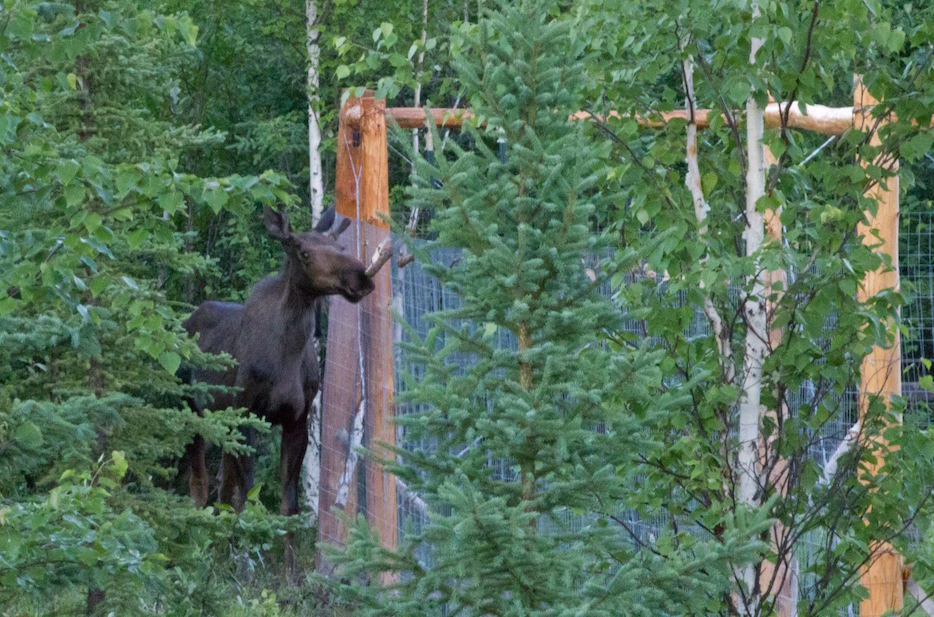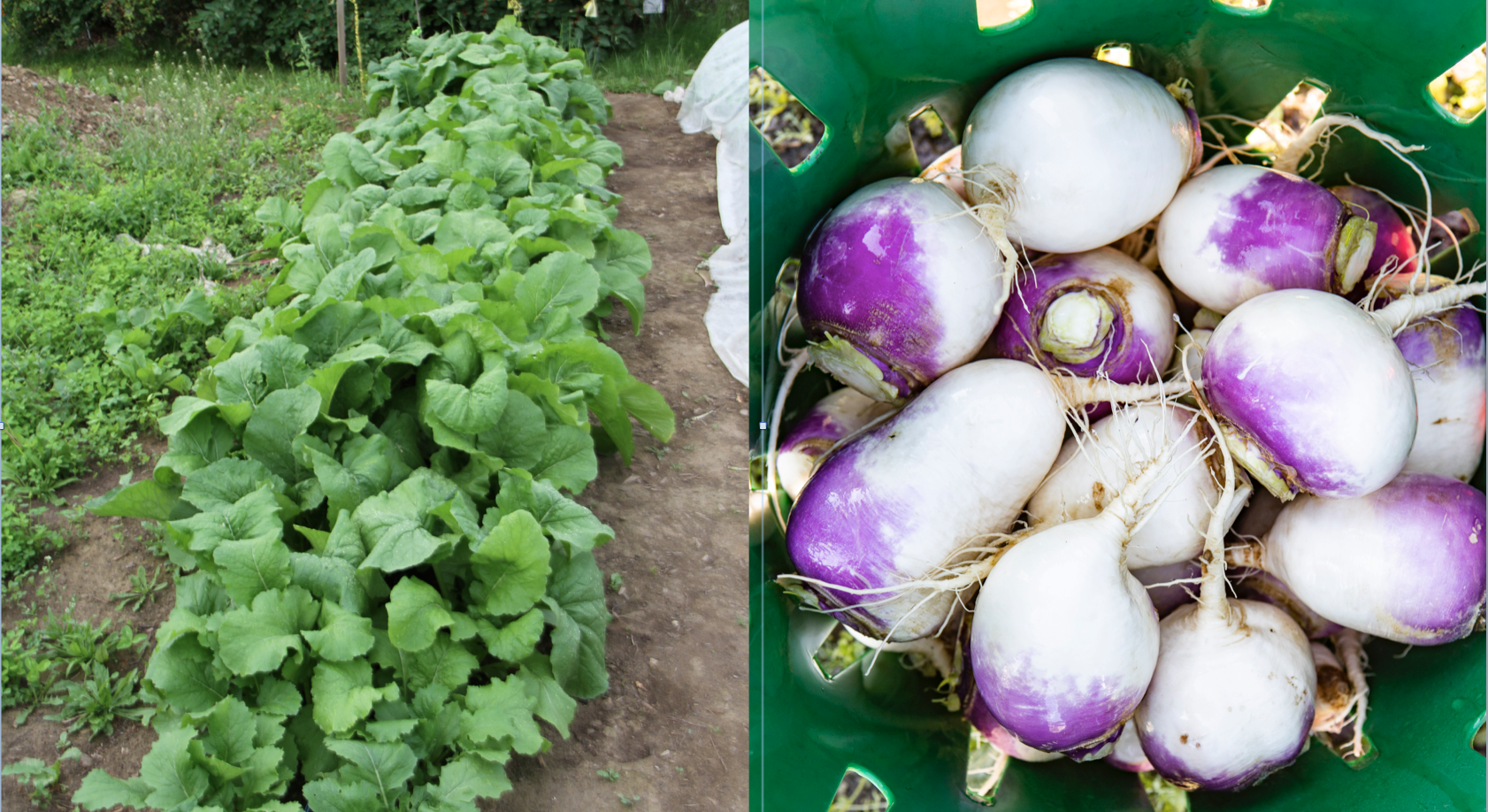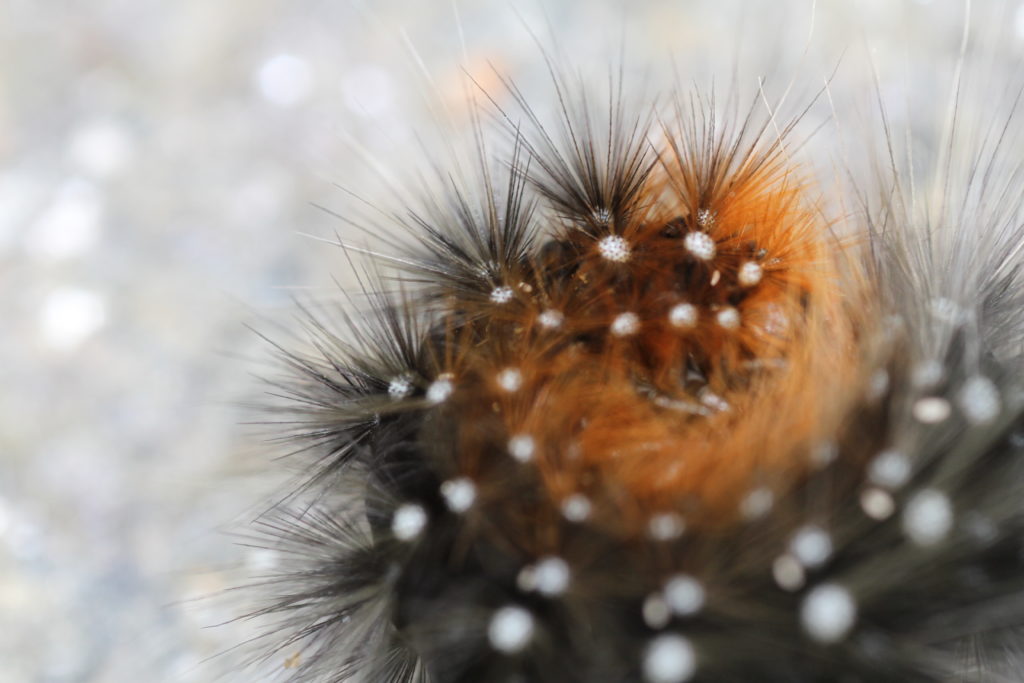If your garden isn’t fenced and you haven’t had a visit or two from a moose, count yourself lucky. It’s never too late to fence in your garden and prevent an unwanted visit from a moose. Once they have feasted on your produce, it will be harder to keep them from coming back. Moose are the biggest and most destructive pest in Alaskan gardens. The obvious way to keep them from eating your garden is to build a fence, 8- to 10-feet-tall, strong and possibly even electrified at the top. However, you might not want to fence your garden, for example, if it is scattered across your property, you don’t want to block your view or you can’t afford it. In that case, the following alternative methods may help.

This moose provided some extra motivation to work hard and quickly to build a moose fence. He walked around the entire perimeter of the fence looking for a way in. The moose did eventually find a way in because our gate was too short. We had to add additional fencing above the gate and duck when we went in.
Moose eat some things because they’re there, others they gravitate to. They are particularly fond of cabbage, broccoli, cauliflower or almost anything in the Brassicaceae family, and peas, but their palate is not limited to your vegetable garden. They’re also fans of flowers, shrubs and trees. The Alaska Department of Fish and Game lists trees and shrubs that are frequently damaged by moose, such as apple and crabapple trees, and those that are only occasionally damaged by moose, such as lilac and maple trees. Continue reading

